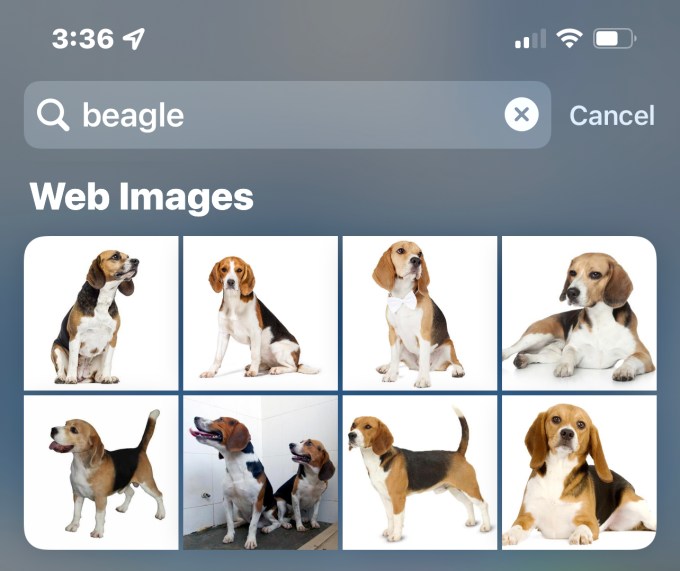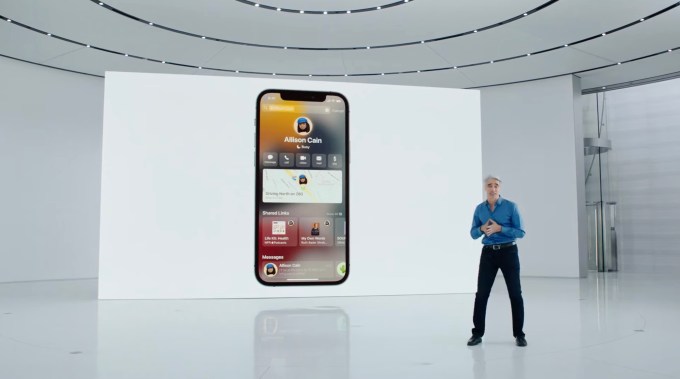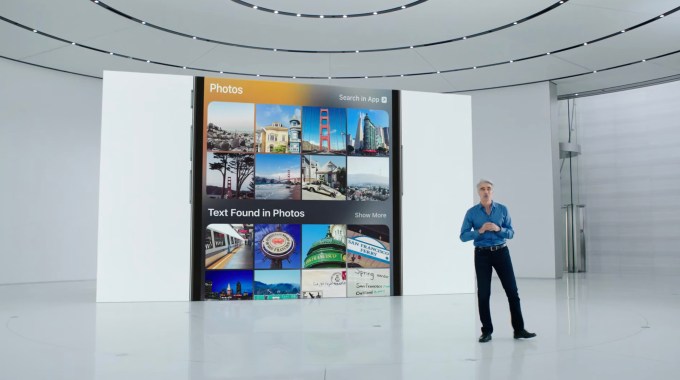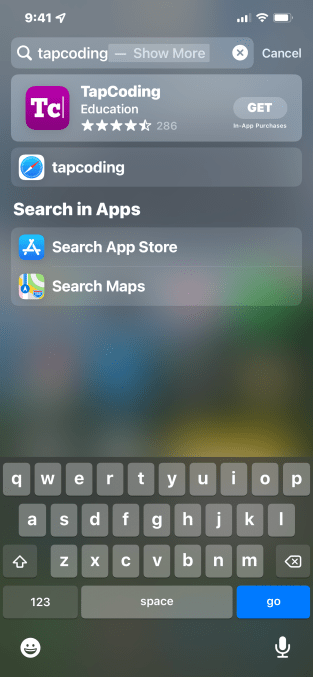On Monday, a 17-year drought in the world of Alzheimer’s drugs ended with the FDA approval of Biogen’s Aduhlem (aducanumab). The controversy behind the FDA’s decision was considerable, but it doesn’t seem to be spooking drug developers who are now narrowing in on the degenerative brain disease.
In a nutshell, the approval of Aduhelm came after conflicting results from clinical trials. In November 2020 an independent FDA advisory board did not recommend that the agency endorse the drug, but in June, the agency approved the drug anyway via an Accelerated Approval Program.
Aduhelm is now the first novel treatment to address one underlying cause of Alzheimer’s – beta-amyloid plaques that accumulate in the brain.
The drug received support from patient and industry groups (the FDA also noted that the “need for treatment is urgent”, in a statement explaining the agency’s choice). Still, there have been a number of doctors who have expressed concern. One member of the expert committee that voted not to recommend the approval of Aduhelm back in November has resigned since the announcement.
However, the inconsistency of the science and highly public debate around the approval of Aduhelm doesn’t seem to have halted enthusiasm within the pharmaceutical industry. Rather, it may signal a new wave of additional treatments in the next few years, which will piggyback off of the approval of Aduhelm (however controversial that approval may be).
“This is great news for investors and for drug companies that are working towards new drugs,” says Alison Ward, a research scientist at the USC Schaeffer Center for Health Policy and Economics.
Historically there have been a few factors that have made the development of a drug for Alzheimer’s an uphill battle.
The first, is a 17-year history of failure to bring a drug through clinical trials. Even Biogen’s clinical trials for Aduhelm were halted in 2019 because it wasn’t clear that they would reach their clinical endpoints (effectively, the target outcomes of the trial). In fact, Aduhlem was approved based on a “surrogate endpoint,” the decline of beta-amyloid, not the primary endpoint, cognitive function.
Trials for Alzheimer’s drugs have also historically been expensive. A 2018 paper in Alzheimer’s and Dementia: Translational Research and Clinical Interventions (a journal run by the Alzheimer’s Association) estimated that the cost of developing an Alzheimer’s drug was about $5.6 billion. By comparison, the mean investment needed to bring a new drug to market is about $1.3 billion according to analysis of SEC filings for companies that applied for FDA approval between 2009 and 2018 (though the median cost was about $985 million). Older estimates have put the costs of bringing a drug to market at $2.8 billion.
For Alzheimer’s specifically, Phase 3 trials are still largely sponsored by industry, but over the past five years, trials sponsored solely by the industry have decreased. Government grants and funding via public-private partnerships have made up an increasing share of available funds.
Martin Tolar, the founder CEO of Alzheon, another company pursuing an oral treatment for Alzheimer’s (currently in a phase 3 clinical trial), says that attracting other forms of funding was a challenge.
“It was impossible to finance anything,” he says. “It was impossible to get Wall Street interested because everything was failing one after the other after the other.”
He expects this recent approval of Aduhelm to change that outlook considerably. Already, we are seeing some increased interest in companies already in phase 3 clinical trials: After the FDA announcement, shares of Eli Lilly, also running a phase 3 clinical trial, surged by 10 percent.
“I’ve had probably hundreds of discussions, of calls, from bankers, investors, collaborators, pharma, you name it,” Tolar says. “Alzheimer’s is open for business.”
With renewed interest and what appears like a pathway to approval at the FDA, the environment for the next generation of Alzheimer’s drugs seems to be ripening. Right now, there are about 130 phase 3 clinical trials on Alzheimer’s drugs that are either completed, active or recruiting.
Tolar sees the FDA decision, based on imperfect data, as a “signal of urgency” to approve new treatments that are imminent arrivals.
As Ward pointed out in a white paper on in-class drug innovation, “follow on” drugs go on to become leaders in the industry, especially if they demonstrate better safety or efficacy than the drug that was first to market. That, the paper argues, suggests drug approval may “pave the way” for more effective drugs in the future.
In the case of Alzheimer’s, it might not be one drug that dominates, even as more get approved, she notes. Rather, a cadre of new, approved drugs may go on to compliment one another.
“The way that the medical community is thinking of AD [Alzheimer’s Disease] now is that it’s likely going to be a combination of drugs or a cocktail of drugs that comes together to have true success at delaying progression,” she says.
“If we’re looking to treat AD with a cocktail of drugs, history suggests it’s individually approved drugs that come together to make those drug cocktails.”
There are still some potential pitfalls for future drugs to consider. One argument is that with an approved drug available, it may be more difficult to recruit participants in clinical trials, slowing the pace of drug discovery. In that respect, Ward argues that this will ultimately be dwarfed by patients who will now look into a potential diagnosis for Alzheimer’s now that there’s something to treat it with.
There’s also the fact that Aduhelm’s costs are high (about $56,000 for a year’s supply, the brunt of which will be borne by Medicare), and the data remains questionable. Those factors may push patients towards other drugs, even if they’re in clinical trials.
Additionally, there is the question of how well Aduhelm actually performs during the critical followup study mandated by the FDA as a condition of the drug’s approval. Whether Aduhelm can truly slow cognitive decline, as well as help address levels of beta-amyloid from the brain, remains questionable based on current data.
Still, Tolar doesn’t see the results of that study as particularly relevant because the industry will have moved on. Biogen CEO Michel Vounatsos has said it may not share results of this trial for as many as nine years, though he noted the company would try to deliver data sooner.
“There will be better drugs by then,” Tolar predicts.
Tolar’s phase 3 clinical trial just began dosing this week, and is scheduled to end by 2024.
Biogen and Esai will likely also have another drug ready for evaluation by then, as two phase 3 clinical trials for another beta-amyloid antibody treatment called lecanemab are scheduled for completion by 2024 and 2027.
The signal sent by Monday’s approval may be a pathway for future drugs, rather than an end itself. The data is imperfect, the costs high, and the controversy considerable, but the band-aid has been ripped off.









